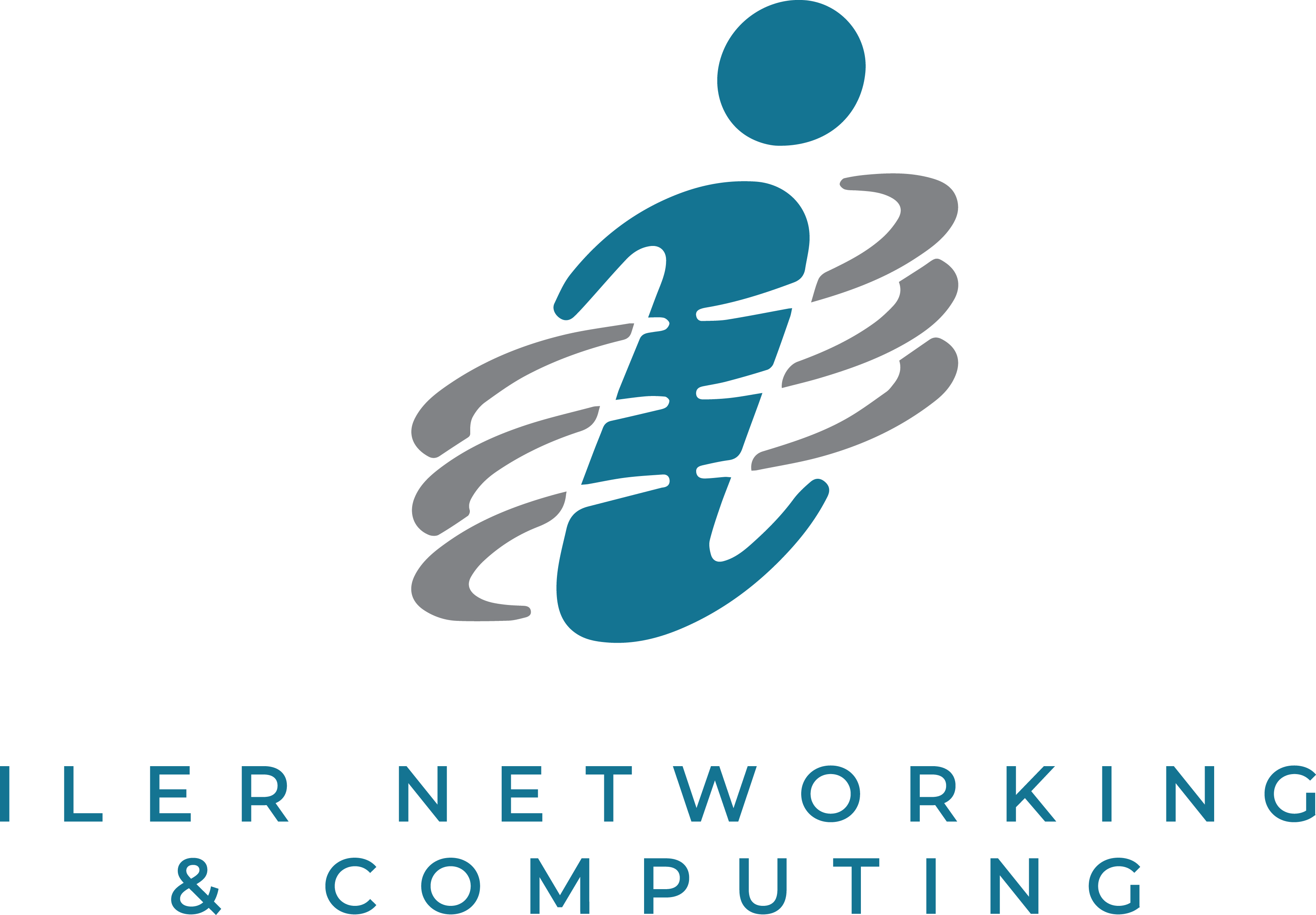It’s crucial to keep all software and hardware up to date to maintain optimal security. If you don’t, cybercriminals can easily infiltrate your network and the chances for downtime increase significantly. However, many businesses don’t realize that expired software/hardware can actually be one of the most prominent security risks hindering their success.
If you are among those who continue to use unsupported software and hardware until it literally doesn’t work anymore, remember that it could be a severe hurdle to your organization’s daily operations and reputation.
We know there are many myths surrounding End of Service or End of Life that create a great deal of confusion for businesses like yours. This blog is intended to help you clear things up.
Debunking the myths
Without further ado, let’s debunk the most popular myths.
Myth #1: If it’s not broken, don’t fix (or replace) it
The adage “if it ain’t broke, don’t fix it” is popular, but it would not be wise to follow it when it comes to software and hardware. The truth is that if you fail to update your software and hardware when the time comes, you expose your network to security vulnerabilities, bugs and other issues.
There are several reasons to keep your software and hardware up to date. Newer software and hardware versions are usually more stable and less prone to crashes and bugs. Moreover, new updates frequently include security patches that keep you safe from cyberattacks. Finally, updates may include new features and enhancements that can make your life easier.
Next time you’re tempted to skip an update, remember you could be kickstarting a chain of events that’s not good for your organization.
Myth #2: End of Life means the product will no longer exist
Although the product will still be available, it will no longer receive security updates, new features or tech support from the manufacturer. This means that it will become increasingly vulnerable to security risks and may be unable to keep up with your workload.
It also implies your IT team will find it harder to keep your IT network and devices secure from cyberthreats. If you’re using a piece of hardware or software that has reached the end of its life cycle, you should consider upgrading to a newer model or investing in a new software license.
Myth #3: End of Service means I can still use the product until it breaks
While the software or hardware might still physically work, being in End-of-Life and End-of-Service state means there’s no longer a team of people working to not only improve the product but also look after, communicate, create and release patches should a new security vulnerability arise.
This could leave you prone to attacks, as well as unable to use new features and capabilities that are released. Knowing the End-of-Service dates for your software and hardware can help you plan ahead and ensure you’re not left in the dark when support ends.
Join hands for success
It’s probably your top priority to keep your software/hardware up to date so your business doesn’t suffer avoidable consequences. However, it can be too much to handle if you try to do it alone. This is where an IT service provider can be of assistance. We can support you by offering vital guidance and expertise so you can decide what steps to take to keep your IT systems running smoothly and securely. If you’re interested in learning more, feel free to reach out for a consultation.
You can also dive deeper into this topic by downloading our checklist, “How Technology Reaching End of Service Can Impact Your Business,” by clicking here.






